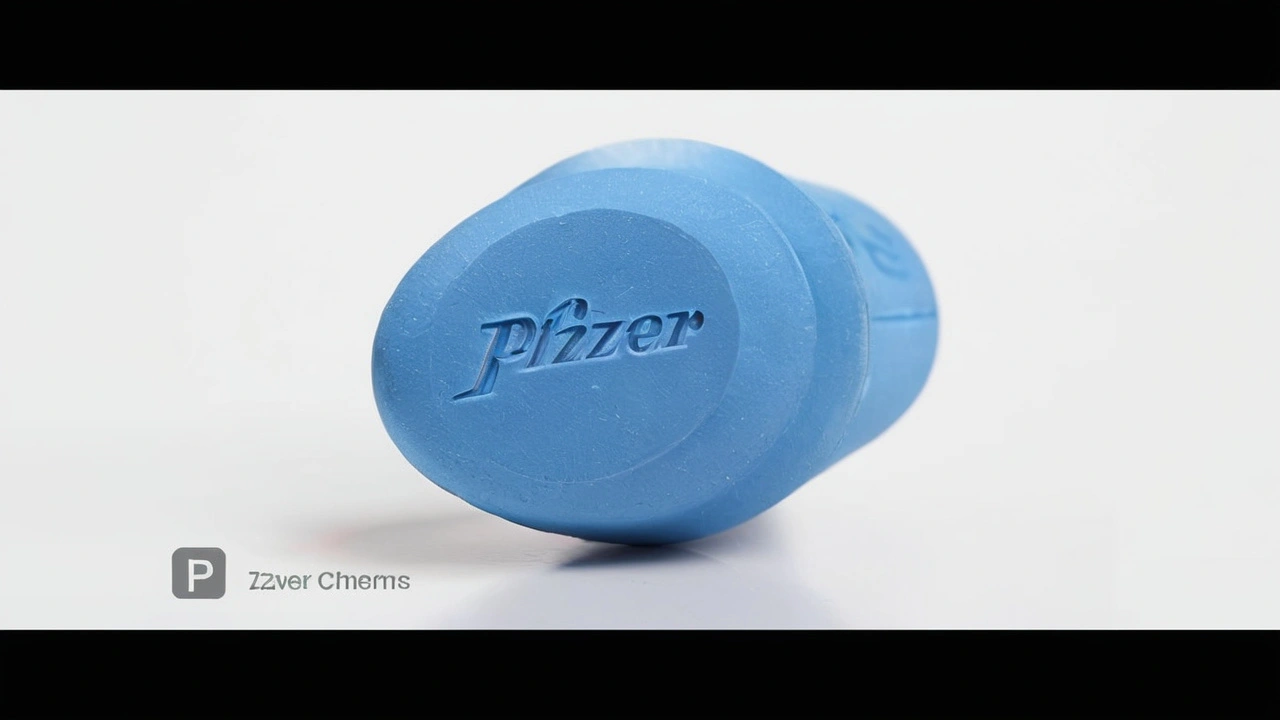Vaccination Campaign: Practical Steps to Plan and Run One
A well-run vaccination campaign can protect thousands and stop outbreaks fast. Whether you’re organizing a local clinic or helping a community group, clear planning and simple outreach make the difference. This guide gives hands-on steps you can use right away: planning, outreach, safety, and measuring success.
Start with a clear goal. Decide who you want to reach, how many people, and by when. Pick measurable targets like "vaccinate 500 people in four weeks" rather than vague aims. A clear target helps you pick locations, staff, and supplies.
Choose smart locations. Think where people already gather: community centers, schools, workplaces, and places of worship. For rural areas, mobile clinics or pop-up sites near markets work well. Make sure sites are easy to find and accessible for people with disabilities.
Outreach that actually works
Talk to people where they are. Use short messages on social media, local radio, flyers in grocery stores, and text reminders. Keep messages simple: what, when, where, who should come, and what to bring. Use images and local language when possible. Partner with trusted local leaders — they boost turnout more than generic ads.
Address concerns directly. Offer clear facts about side effects, how vaccines work, and who should not get vaccinated. Host short Q&A sessions or set up a hotline staffed by someone who knows the answers. People respond better to honest, direct answers than to slogans.
Run the clinic smoothly
Train staff on check-in, consent, injection technique, and monitoring after vaccination. Create a simple flow: registration, screening, vaccination, wait time, and record-keeping. Use printed or digital forms that capture name, contact, vaccine batch, and lot number. Have pens, gloves, sharps containers, and emergency meds ready.
Plan for safety. Have at least 15 minutes observation for most adults and 30 minutes if someone has history of allergic reactions. Keep a clear route for emergency services. Keep vaccines in recommended temperatures and monitor cold chain with a thermometer or data logger.
Measure what matters. Track doses given, no-show rates, adverse events, and whether you hit your target groups. Use simple spreadsheets or free tools to log daily numbers. Review results weekly and tweak outreach or clinic hours if turnout is low.
Think about equity. Set aside flexible hours for shift workers, offer free rides or vouchers, and set up child-friendly spaces so parents can attend. Consider translation or cultural liaisons for newcomer communities.
Finally, collect feedback. Ask short questions before people leave: how did they hear about the clinic, was the site easy to find, and was staff helpful? Use that info to improve the next event. Small changes—clear signs, shorter lines, or a later start time—can boost participation a lot.
Make sure to report doses to public health, keep vaccine inventory records, and thank volunteers publicly to build trust for future campaigns.
Share simple success stories and photos with permission to show impact and encourage more people to join next time.
Small wins matter. Celebrate them with gratitude.

Israel Launches Nationwide Vaccination Campaign Amid Escalating COVID-19 Surge
Israel has initiated a mass vaccination drive following a significant rise in COVID-19 cases. Health Minister Nitzan Horowitz emphasized the urgency of vaccinating all citizens to curb the surge, particularly among unvaccinated and younger populations. Measures include booster shots and renewed mask mandates.
Read more